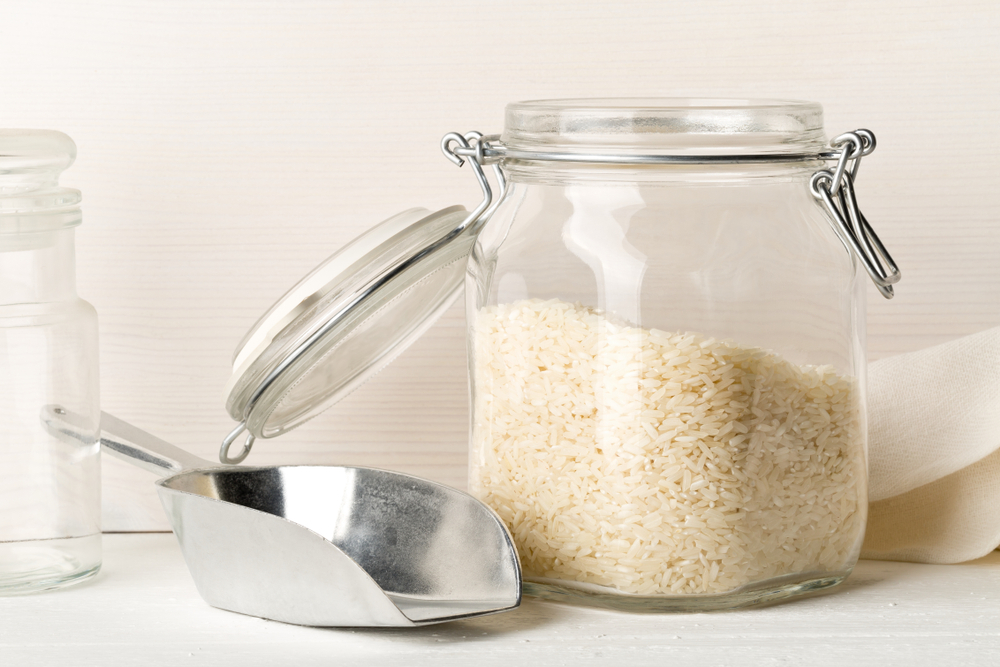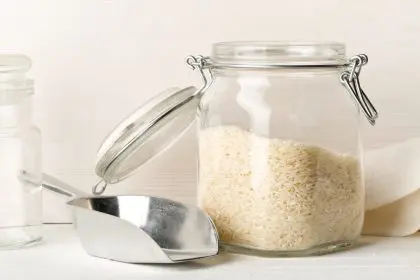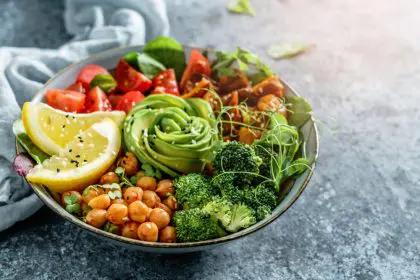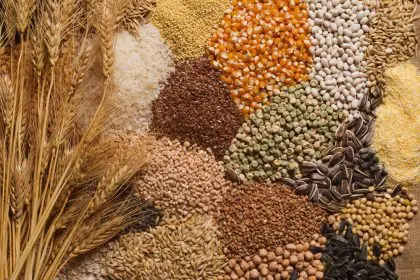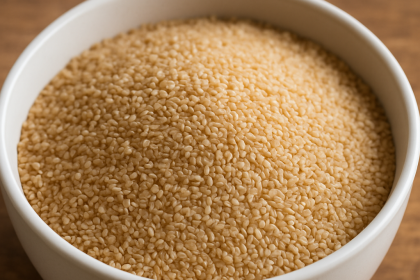Rice serves as the foundation of countless meals across the globe, providing more than just filling carbohydrates. This versatile grain supports diets from Asia to the Americas with substantial nutritional value, offering everything from energy-sustaining carbohydrates to essential vitamins and minerals. Beyond its nutritional profile, rice stands out as naturally gluten-free, making it an excellent option for those with celiac disease or gluten sensitivities.
The nutritional spectrum of rice varieties
The humble grain sitting in your pantry contains more nutritional variation than you might expect. Rice varieties differ dramatically in their vitamin content, fiber levels, and even their effect on blood sugar. The cultivation environment, processing methods, and natural characteristics of each type create distinct nutritional profiles worth understanding before your next grocery trip.
Factors that influence rice nutrition
Several key elements determine the nutritional quality of rice. The degree of processing plays perhaps the most significant role, with less processed varieties retaining more of their natural nutrients. Environmental growing conditions affect mineral content, while cooking methods can alter how quickly the body absorbs the carbohydrates. Even the specific strain of rice plant influences protein content and antioxidant levels.
Brown rice: the wholesome foundation
- Brown rice retains its outer bran layer and germ, preserving more nutrients than its white counterpart. A half-cup serving of cooked medium-grain brown rice provides approximately 109 calories, 23 grams of carbohydrates, 2.3 grams of protein, and 1.8 grams of fiber. This whole grain option delivers substantial quantities of B vitamins, particularly niacin and B6, along with magnesium and zinc that support hundreds of bodily functions.
The fiber content in brown rice helps moderate digestion, creating a slower release of energy that can help maintain steadier blood sugar levels compared to white rice. This characteristic makes brown rice valuable for those monitoring their glucose response. The outer layers do retain more arsenic from the environment, so rinsing thoroughly before cooking and using extra water during preparation can help minimize exposure to this naturally occurring element.
Black rice: the antioxidant champion
- Black rice, sometimes called “forbidden rice” for its historical restriction to Chinese nobility, earns its dramatic color from anthocyanins, the same compounds that give blueberries their vivid hue and antioxidant properties. A half-cup serving of cooked black rice contains approximately 82 calories, 17.2 grams of carbohydrates, and a noteworthy 3.3 grams of protein.
Research suggests the anthocyanin content in black rice may support better blood glucose regulation and improved lipid profiles. The striking purple-black color intensifies during cooking, creating visually impressive dishes while delivering superior nutritional benefits. This variety offers a slightly sweet flavor with nutty undertones that complement both savory dishes and desserts.
Red rice: the heart-healthy option
- Red rice derives its russet color from anthocyanins similar to those in black rice but in different concentrations. Popular in regions including Thailand and Bhutan, this variety provides about 92 calories and 19 grams of carbohydrates per half-cup serving. Its robust, earthy flavor and firm texture after cooking make it ideal for hearty dishes.
The anthocyanin content in red rice has been linked to cardiovascular benefits including improved cholesterol profiles and reduced inflammation markers. The natural red pigmentation signals the presence of these beneficial compounds, which act as antioxidants in the body. This variety retains its distinctive color even after cooking, adding visual appeal to any meal.
Purple rice: the sweet antioxidant source
- Purple rice offers yet another anthocyanin-rich option with a uniquely sweet profile compared to other colored varieties. With approximately 90 calories and 19 grams of carbohydrates per half-cup serving, this visually striking rice provides both aesthetic appeal and nutritional benefits.
Preliminary research indicates purple rice may have a gentler impact on blood sugar levels compared to white rice, though more comprehensive studies are needed. The slightly sweet flavor profile makes purple rice particularly suitable for dessert preparations while still delivering the antioxidant benefits associated with anthocyanin-rich foods.
Wild rice: the protein-rich pseudo-grain
- Wild rice technically comes from aquatic grass seeds rather than true rice plants, but its cooking properties and uses align closely with other rice varieties. This option stands out for its exceptional protein content coupled with lower fat levels. A half-cup serving provides approximately 83 calories and 17.5 grams of carbohydrates.
Beyond protein, wild rice contains impressive amounts of resistant starch, which functions similarly to fiber in the digestive system. This characteristic makes wild rice particularly beneficial for blood glucose management. The firm texture and distinctive nutty flavor require longer cooking times but reward patience with a satisfying chew and robust taste that complements autumn and winter dishes especially well.
White rice: the versatile staple
- White rice undergoes milling that removes the bran and germ layers, resulting in its characteristic pale color and faster cooking time. A half-cup serving contains approximately 121 calories and 26.6 grams of carbohydrates. The processing that creates white rice removes some nutrients, though many commercial varieties undergo enrichment to restore certain vitamins and minerals.
Despite having a higher glycemic index than whole grain varieties, white rice serves valuable purposes in certain situations. Its quick energy release can benefit athletes during intense training periods. The mild flavor and soft texture make white rice particularly suitable for digestive sensitivity, and its longer shelf life adds practical value for food storage.
Creative ways to incorporate rice varieties
Rice versatility extends far beyond the side dish. Creative cooks incorporate different rice varieties to boost nutrition across meal categories. Brown or wild rice can form the foundation of grain bowls topped with vegetables and proteins. Black or purple rice adds visual drama and nutritional benefits to salads, while red rice creates hearty pilafs that stand up to robust flavors.
For breakfast, leftover rice transforms into morning rice pudding with the addition of milk, cinnamon, and fruit. Rice flour serves as an excellent gluten-free baking alternative, while rice paper wrappers create fresh spring rolls perfect for warm weather meals. Even rice water, the liquid remaining after cooking, offers potential beauty benefits when used as a hair rinse.
Expert cooking techniques for maximum nutrition
Cooking methods significantly impact both the nutritional value and flavor profile of rice. Soaking whole grain rice varieties for 30 minutes before cooking improves texture and reduces cooking time. Using the appropriate water ratio for each variety ensures proper texture, from the firmer consistency ideal for salads to the softer preparation suitable for comfort foods.
For enhanced flavor, consider replacing some cooking water with broths or coconut milk. Adding a tablespoon of lemon juice or vinegar to the cooking water may help reduce arsenic content in brown rice varieties. Remember that cooking time affects the glycemic index, with longer cooking potentially raising it, so follow recommended cooking times for optimal nutrition and texture.
Proper storage for freshness and safety
Rice safety requires attention to proper cooling and storage. The grain can harbor Bacillus cereus, which produces toxins when left at room temperature too long. After cooking, cool rice quickly and refrigerate within one hour in shallow containers for rapid temperature reduction. Refrigerated rice remains safe for approximately three to four days when properly stored.
For pantry storage of uncooked rice, whole grain varieties like brown and colored rice contain natural oils that can become rancid, so refrigeration extends their shelf life from six months at room temperature to up to one year when refrigerated. White rice, with lower oil content, remains stable for up to two years in a cool, dry pantry.
Making informed choices for health goals
The variety of rice that best serves your nutritional needs depends on specific health considerations. For blood sugar management, brown, black, or wild rice provides slower digestion and steadier glucose release. Those seeking maximum antioxidant benefits might prioritize black or purple varieties, while individuals focusing on protein intake would benefit from wild rice.
White rice serves valuable purposes for athletes needing quick energy or individuals with certain digestive conditions requiring lower fiber intake. The versatility across rice varieties means most dietary approaches can incorporate some form of this global staple while aligning with specific health objectives.
Understanding these nutritional differences empowers more informed choices at the grocery store and creates opportunities to enhance meals with the right rice variety for both culinary and health priorities. With six distinct types offering unique benefits, this ancient grain continues to earn its place at tables worldwide through both its adaptability and impressive nutritional contributions.

